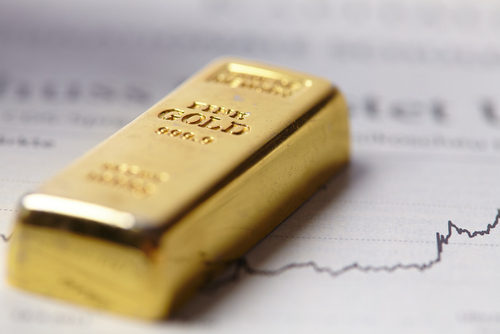
Russian Central Banker Highlights Gold Manipulation
Mozhaiskov states to his audience that the gold market has been and is manipulated by the elite powers-that-be. He states how the current reserve currency of the World is fatally flawed and that gold will and must play a role in our system.
Read article


